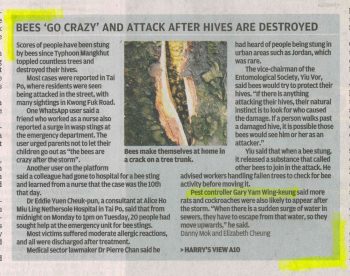
Rat Control
Rats can spread various diseases or transmit parasites to humans and animals. To completely solve the problem of rat infestation, it is necessary to start by understanding the habits of rats and then implement a series of comprehensive prevention and control measures to achieve safe, fast, and long-lasting results.
Experienced in rodent control, we have been interviewed by several well-known media outlets in Hong Kong. With a professional team and specialized equipment, we provide free on-site surveys, inspections, and quotations.

Regularly mouse control is vital
Causes of Rodent Infestation
When there is a rodent infestation in an area, it is usually because the location provides the two elements necessary for rodents to live: a food source and a habitat.
- Poor sanitation in certain areas or alleys, with debris accumulation
- Improper storage of garbage and food residues, providing a hiding place and food for rodents
- Large amounts of construction waste and food containers placed in nearby construction sites
- Hot weather, which accelerates rodent breeding
How to control mouse problems?
Mouse control starts with the understanding of the habits and diets of mice, and can be carried out by multifold treatments, namely hygiene maintenance, installation of mouse expelling equipment and mouse extermination.
We offer the below services regarding mouse control:
– Consultation with our specialists
– Strategies to prevent mouse intrusion
– Maintenance of a hygienic environment
– Installations of rodent boxes

Your enquiry about our services is always welcomed.
Inspection of mouse intrusion
Wireless video cameras are installed to check and record statuses of mouse intrusion. The hiding places of mice will be detected to facilitate the placement of rodent boxes.

Mice extermination
Ultrasonic mouse expeller forces mice to flee by emitting up to thousands different kinds of high-frequency sounds to destroy the hearing of mice. The sounds are beyond hearings of human and pets and thus safe.
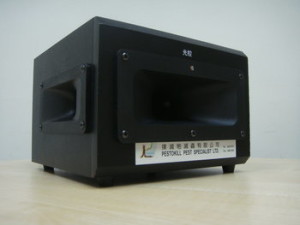
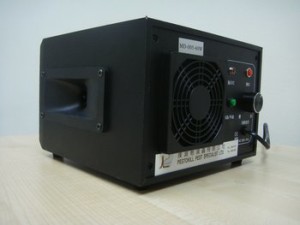
How do we catch mice?
Mice have the habits of following regular routes, usually along corners of walls, to protect themselves from dangers. Mouse traps and mouse glue can thus be placed in these corners, whic are useful for environments that are not suitable for the placement of toxic mouse baits.
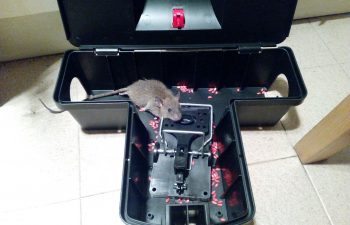
The sealed rat box can prevent direct touching by human and animal
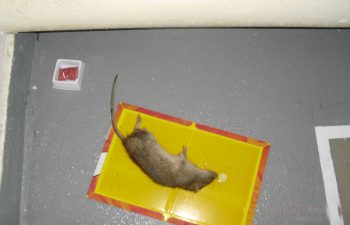
Rat glue and special bait with significant effect
Mouse baits
Mouse baits can keep the amount of mice in control rapidly, although we do not recommend the use of it.
Theoretically, mouse baits, such as anti-agulants, are used to drive mice into observable areas (potentially, to drink) by causing internal hemorrhage in their internal systems. However, our experience found that such baits will only cause mice to die in hiding places, causing severe hygienic problems.
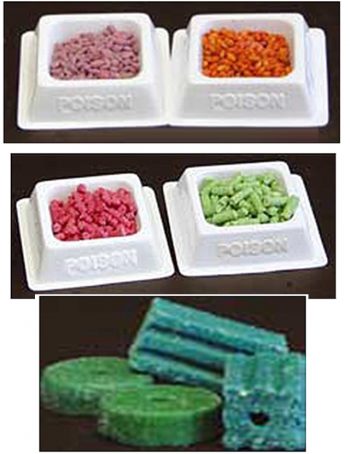
Habits of different kinds of mice
There are three types of mice that are commonly seen in Hong Kong:
1. Rattus norvegicus
Commonly known as ditch rat, they are usually found in sewers and burrows. They are skillful in swimming but normally stay on the grounds. They are nocturnal.
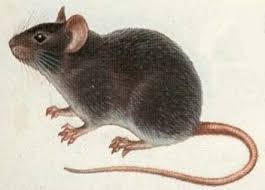
2. Rattus
Commonly known as black ray or house rat, they are usually found in ceilings, roofs, pipes and grooves. They are skillful in climbing but rarely swim and dug holes. They are also nocturnal.
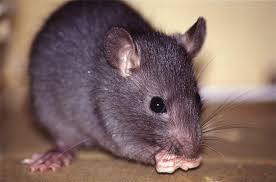
3. Mus musculus
Commonly known as house mouse, they are usually found in indoor cracks and storage, especially where food is stored. Good at climbing, they are generally nocturnal but could also be active during day time.
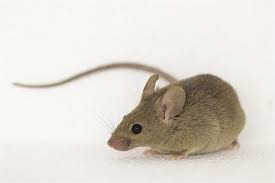
Maintain a hygienic environment
The living of mice depends on food and living space. Given that the supply of food and hiding places are eliminated, mouse intrusion can be prevented and solved.
 9821 8022
9821 8022

